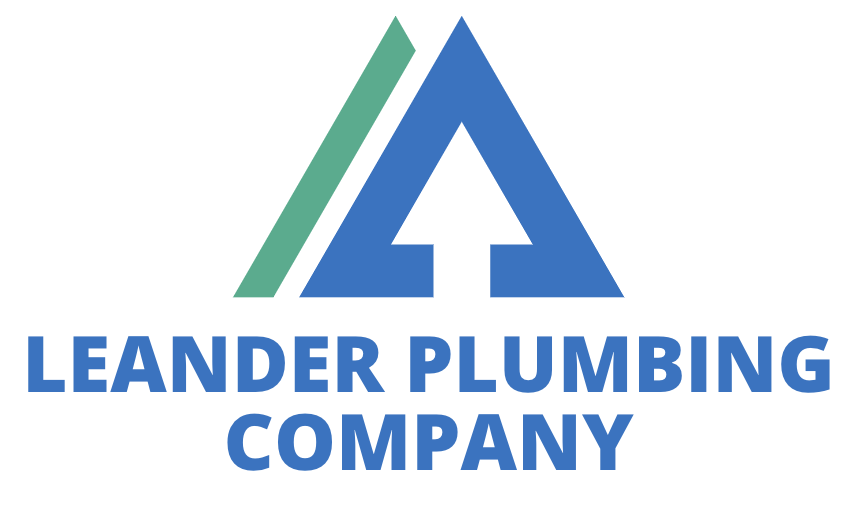The following discussion addresses some common toilet problems and the most likely causes:
A: Running toilet – One of the most noticeable problems with a toilet is when it runs constantly. There are many potential causes, but the two most common are either a faulty float or a stuck open ballcock valve. Float issues can usually be resolved by adjusting the height of the float arm so that it rests higher up on the side of the tank. If this doesn’t work, try replacing your current arm with one from an old ballcock assembly as they tend to last much longer than standard arms. A stuck open ballcock valve will cause a running toilet until all of your water is used up. Adjusting how tightly shut off your ballcock valve is will not resolve this issue; it’s time for a replacement.
B: Dripping faucet or handle – A leaking toilet is often caused by the flush mechanism needing to be replaced, but it can also stem from problems with the tank-to-bowl connection. If your tank is slowly dripping into the bowl when you’re not using it, there’s likely an issue with this joint that needs repairing. Tank leaks are most common when the seal between the tank and bowl becomes broken or worn out over time. You can tell if your seal needs replacing by just giving it a gentle tug in each corner after you’ve shut off the water supply to both tanks. If any of these give way, consider purchasing a replacement kit.
C: Running toilet or faucet – You may notice your plunger isn’t doing the trick to get rid of your running toilet, and you’re likely left wondering “is my plunger bad?” Well if that’s the case then something is plugged up in your pipes somewhere. If it’s not a faulty plunger, then you’ll probably need to snake out whatever is clogging up your system by reaching into the depths of your toilet tank with an auger. Once you’ve fully unclogged both tanks and checked for leaks under the bowl, they should be good to go!
D: Uneven flushing – If one side of your bowl isn’t draining properly there are typically two causes. The rounded side of the stopper may simply be worn or damaged, but in many cases, it’s much more difficult to access. If you’re comfortable with taking your toilet tank apart, go ahead and give it a try! Otherwise, you’ll probably need to hire a plumber.
E: Water slow to fill the bowl – This problem is often caused by sediment build-up that gradually reduces the diameter of your drain holes until they are too small for water to flow through. Though this isn’t normally noticeable unless you run some water through beforehand, you can unclog them with relatively little effort. Simply pour one cup of table salt into each tank during every use for about two weeks or so. If these issues still persist after this is over, then it’s time to purchase a replacement kit.
What are the important parts of a toilet?
A toilet is a piece of equipment used for the disposal of human excrement and urine, often found in a small room referred to as a bathroom. The word “toilet” was originally a euphemism, but today the word is commonly used even when not preceded by “the.” Modern toilets consist of an S-shaped pipe mounted over a drain hole in the floor, with plumbing fixtures installed at regular intervals along this pipe to eject waste through its surface.
The important parts of the toilet are: the bowl/tank, handle, flush mechanism, and water supply system. There are usually levers or buttons on these that you press or pull to get them working. More complicated toilets have different kinds of flushes that do different things with one press of a button. To know more about toilet solutions visit this page.
There are three main types of flush mechanisms: the gravity cistern system, pressure-assisted toilets, and siphonic systems. A gravity cistern system uses the force of gravity to create a siphon from the toilet’s drain into their large front chamber. The weight of the water in that chamber then forces waste matter out through the porcelain bowl’s exit hole. Pressure-assisted toilets use pressurized air to increase water flow speed for a more effective flush. A siphonic system has two additional features to help draw waste further down the drainpipe and reduce odor as it travels there. These include a built-in trap and an S-shaped curve found underneath some toilets’ bowls.
The flushing mechanism’s handle directly impacts how well a flush is done. For example, if the handle is too flimsy it may break easily, which would require you to replace it or call a plumber. If the handle is loose then this means that you will need to tighten it at some point to prevent water leaks.
Finally, there are many different kinds of toilets to accommodate different spaces and people’s tastes. These include one-piece toilets, two-piece toilets, wall-mountable units, and more.
There are 3 main types of Flushing Mechanism: gravity cistern system, pressure-assisted toilet, and siphon system.
Let’s talk about the city of Leander, TX
Here are some places in this beautiful city you should visit and have their information handy. They could help you navigate the city smoothly.
The UPS Store in Leander, TX

3550 Lakeline Blvd Ste 170, Leander, TX
William J. Winkley Elementary School
2100 Pow Wow, Leander, TX 78641

